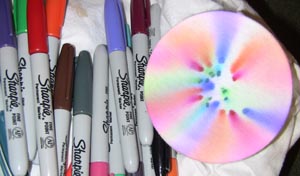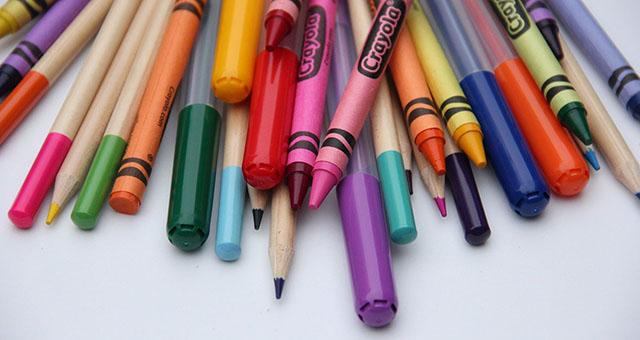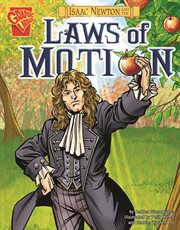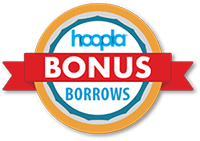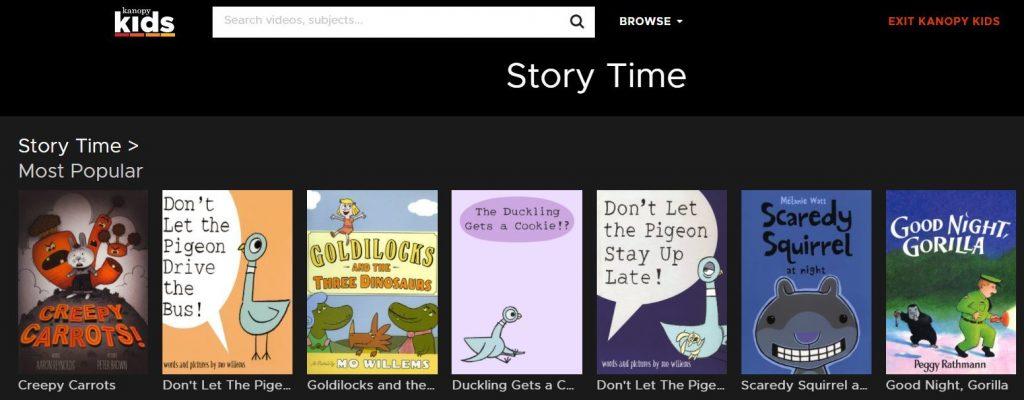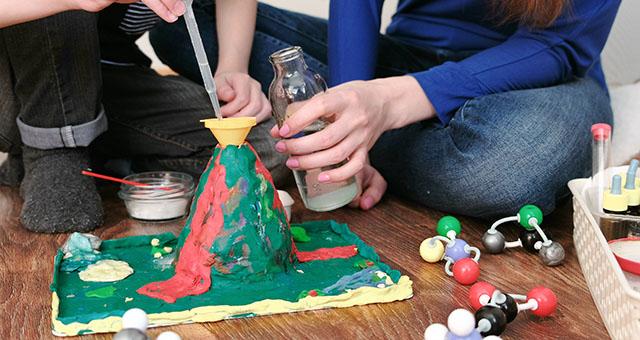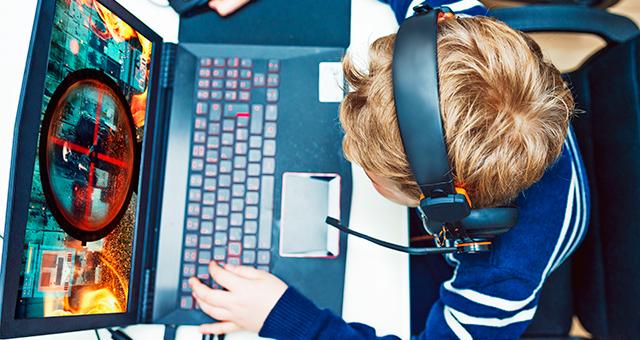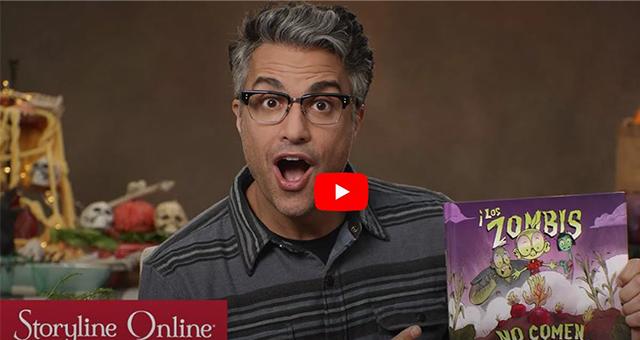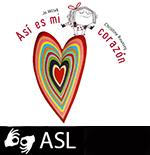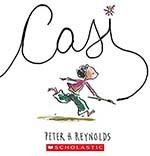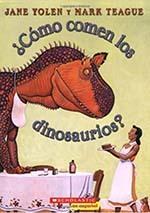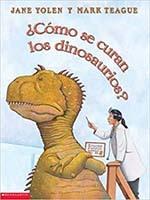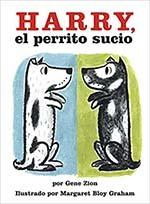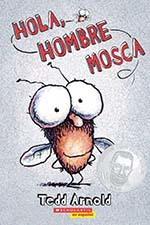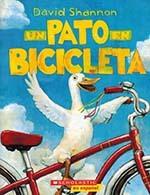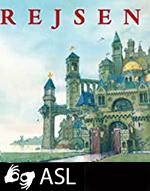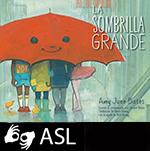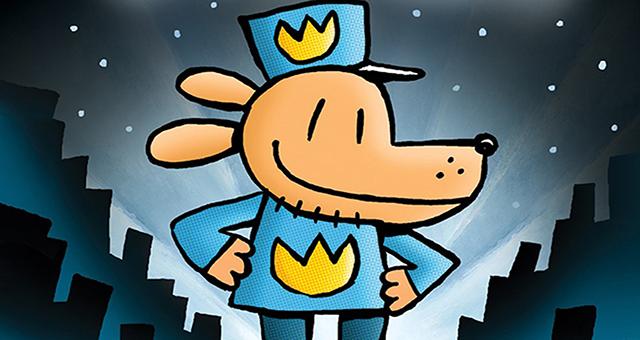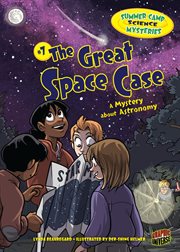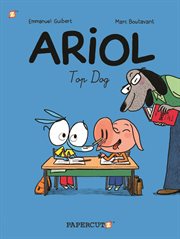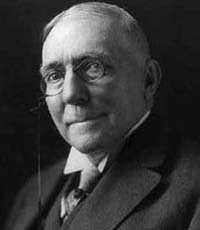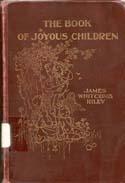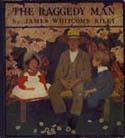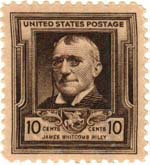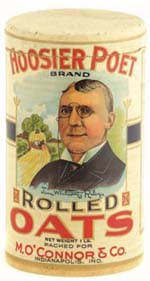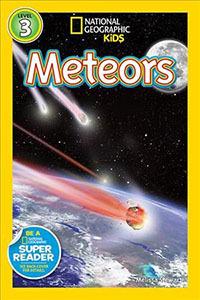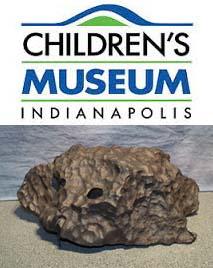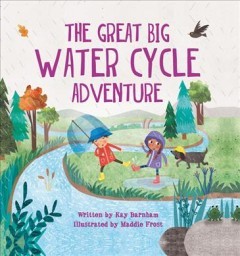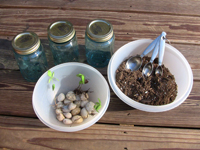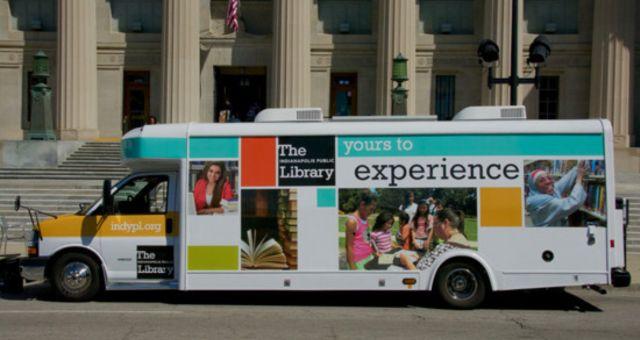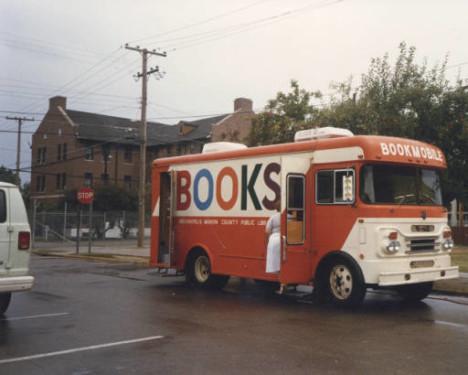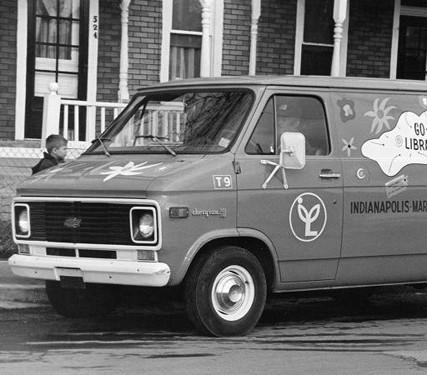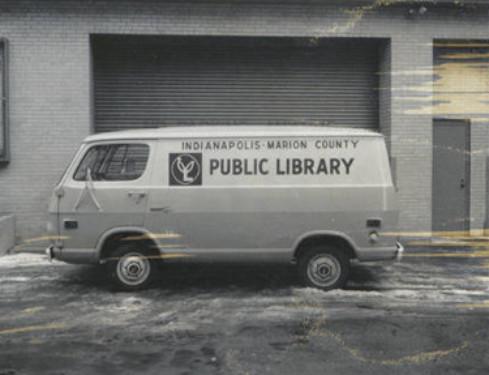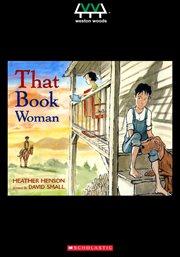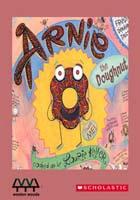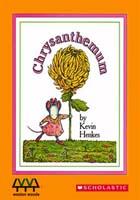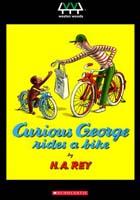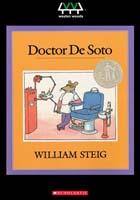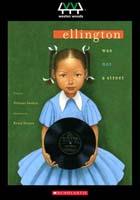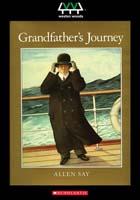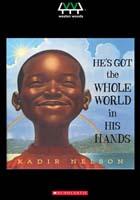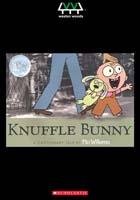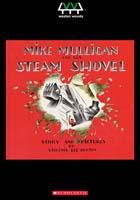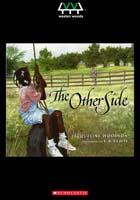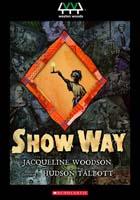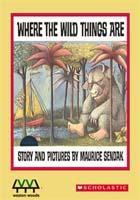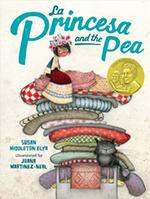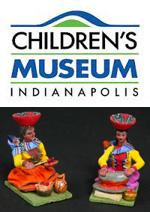Sharpie pens are permanent markers. That means that the ink will not come off with water. If something will dissolve in water it is called soluble. If something will NOT dissolve in water it is called hydrophobic. Permanent marker ink is hydrophobic. You can do a sharpie pen tie dye demonstration of solubility.
What You Need
- White T-Shirt
- Permanent Markers (Sharpies)
- Plastic Cup
- Rubber Band
- Rubbing Alcohol
- Dropper
Instructions
To begin your sharpie pen tie dye demonstration, stretch part of the white t-shirt over the top of the plastic cup and secure it with the rubber band – it will look like a little drum. Choose one of the colors of Sharpie pen and make dots in the center of the t-shirt circle. Choose another color and make more dots. Repeat. The circle of color should be about the size of a quarter.
Now slowly squeeze about 20 drops of rubbing alcohol into the center of the circle of dots. Drip the rubbing alcohol really slowly. What do you see happening to the ink? Let the ink dry for about 5 minutes and then you can move the cup to a different part of the shirt. When you are done making colorful circles put the shirt in the dryer for about 15 mintues to set the colors.
The permanent ink of Sharpie pens is hydrophobic. It will not dissolve in water. The permanent ink WILL dissolve in rubbing alcohol though. That is why the colors “run” to make the pretty pattern.
Science Project Idea:
Try this method of tie dying with different kinds of markers and pens. Test whether the ink in the pens is soluable or hydrophobic. HINT: the word “washable” would be a clue to help you guess the answer to that question. Then try using the rubbing alcohol. Can you find an ink that will not dissolve in water OR rubbing alcohol?
Websites, Activities & Printables

You can also ask a math and science expert for homework help by calling the Ask Rose Homework Hotline. They provide FREE math and science homework help to Indiana students in grades 6-12.
e-Books and Audiobooks
Use your indyPL Library Card to check out books about Science Experiments at any of our locations, or check out science experiment e-books and audiobooks from OverDrive Kids right to your device! If you have never used OverDrive before, you can learn how to use e-books and learn how to use audiobooks.
Need more help? Ask a Library staff member at any of our locations or call, text or email Ask-a-Librarian. Additionally, the Tinker Station helpline at (317) 275-4500 is also available. It is staffed by device experts who can answer questions about how to read, watch and listen on a PC, tablet or phone.
Chemistry for Kids: Projects to Makes Things Sizzle, Pop, and Explode!
Chemistry is nature’s magic. With it you can learn to do amazing things, like make erupting volcanoes and and fizzy exploding ziplocs. These books will show you how to do these things and also explain the science behind why these things are happening. You can explore chemical reactions by experimenting with things you find around the house in your kitchen, bathroom or garage.

